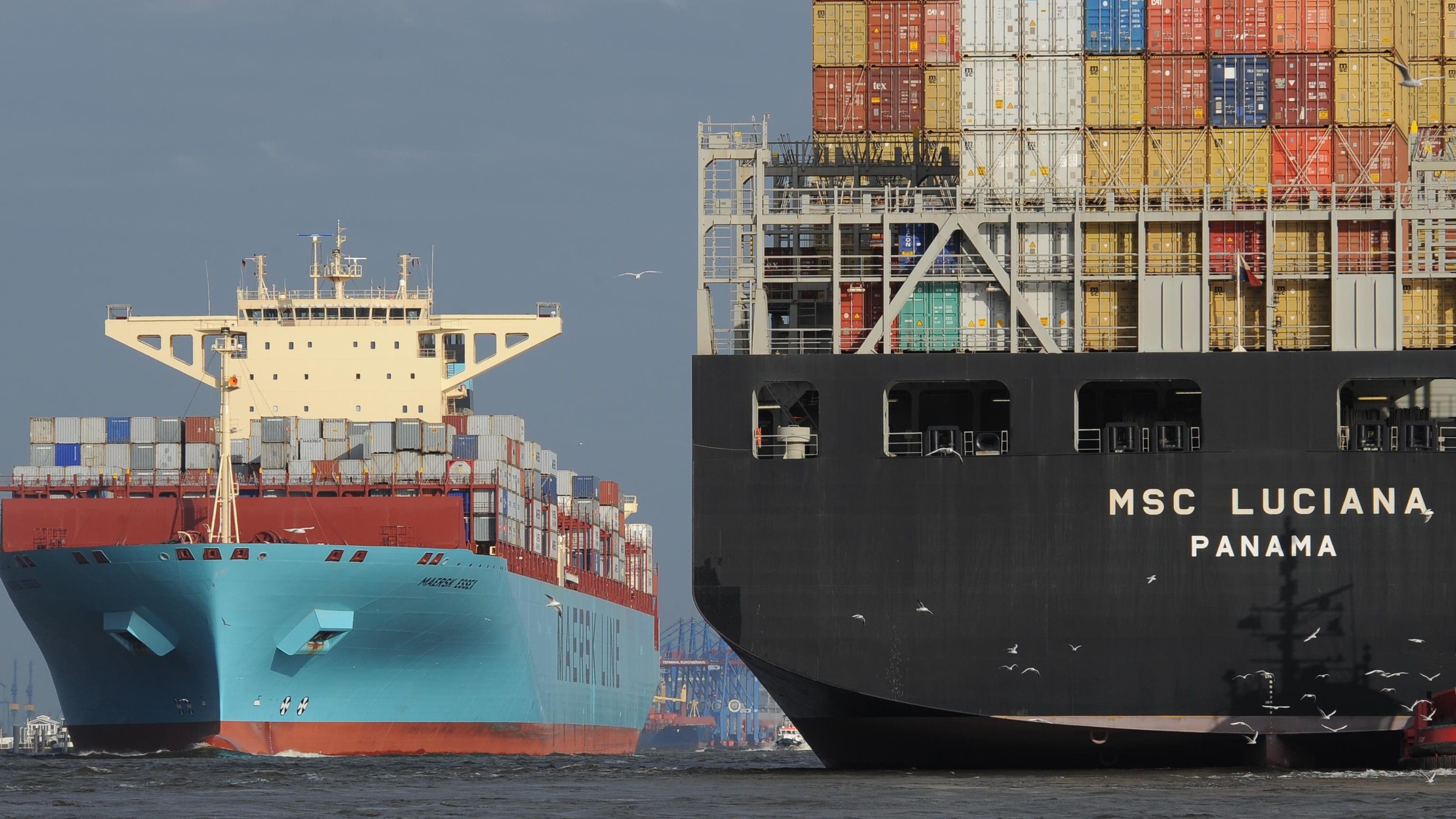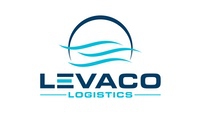Cascade of capacity cutting scheduled for Asia-Europe trade
Slow steaming, idling ships, blanking sailings, and fitting exhaust scrubbers are among a host of strategies Asia-Europe carriers are expected to deploy to absorb the mega-ship capacity coming online this year. They have little choice, with the global low-sulphur mandate taking effect in less than a year and global economic indicators signalling slowing demand growth.
Filling the ships amid signs of slowing demand is going to tax the operational creativity of the world’s container carriers during 2019, especially those at the 2M and Ocean alliances that have the greatest share of capacity deployed on Asia-Europe.
Volume growth declines since September
December and January are traditionally the two busiest months on the Asia-Europe trade as shippers get their spring cargo loaded, but the volume growth has been declining since September.
Volume data for December are not yet in, but according to Container Trades Statistics (CTS), November volume rose just 2.2 percent year over year after increasing 5.4 percent in October and 6.6 percent in September compared with the same months in 2017. January through November volume is up 1.3 percent to 14.5 million TEU.
Eurozone economic expansion down
IHS Markit predicts Europe’s economic expansion will slow to 1.5 percent in 2019 with adverse economic and political factors behind the continued deceleration, including the negative impact of trade tensions on manufacturing and exports, and the appreciation of the euro against most currencies except the US dollar.
“The eurozone economy moved down another gear at the end of 2018, with growth down considerably from the elevated rates at the start of the year,” said Chris Williamson, chief business economist at IHS Markit.
No revival expected
“Importantly, with expectations of output dropping to the lowest for over four years, companies are not anticipating any imminent revival in demand. Worries reflect multiple headwinds from trade wars, Brexit, heightened political uncertainty, financial market volatility and slower global economic growth.”
Gloomy economic outlook aside, mega-ships will steadily steam into service during 2019. SeaIntelligence noted in its weekly Sunday Spotlight newsletter that the 2M Alliance of Maersk Line and Mediterranean Shipping Co. will have an average weekly capacity deployed on Asia-Europe in Week 1-14 of 404,140 TEU per week, giving 2M an Asia-Europe capacity market share of 37.2 percent. Ocean Alliance will have 35.7 percent of the market, and THE Alliance will have 24.9 percent.
Fighting for Asia-Europe trade expected
However, there is a significant amount of mega-ship deliveries scheduled that could swing the market share scale one way or another. MSC is scheduled to take delivery of 11 ships of 22,000-23,000 TEU from August, while CMA CGM has nine 22,500 TEU vessels that will be delivered from December, and Hyundai Merchant Marine’s 12 ships of 23,000 TEU will start arriving in 2020.
“The only thing that seems certain is that the alliances will be fighting for Asia-Europe demand market share in the coming years, as they struggle to take delivery of their mega-ships currently on order, while trying to minimise the cascading impact on other trades,” SeaIntelligence said.
Analysis from Drewry this week also highlighted the record number of mega-ships that were delivered to the Asia-Europe trade last year that totaled 525,500 TEU.
2020 new capacity hitting market high of 620.000TEU
Drewry said the current orderbook schedule suggested a slightly less punishing deluge of deliveries this year at 460,000 TEU, but that would be immediately followed by another record amount of tonnage arriving in 2020 with capacity of 620,000 TEU hitting the water.
“While it is true that accommodating such large tranches of new capacity will be challenging, especially as the Asia-North Europe trade is in a slow-growth phase, there are reasons to believe that the task will not be as onerous as it initially appears,” the analyst noted.
Transit times likely to be lenghtened
Delivery schedules would be pushed back and alliances would slow vessels, allowing additional vessels to be added to weekly services and absorbing surplus capacity. It is not a strategy that excites shippers because transit times are lengthened, but carriers maintain that it enables them to improve service levels.
For instance, as part of its network revamp, the 2M carriers will introduce six extra ships on their 10 existing Asia-Europe/Mediterranean services. Drewry said that by adding more ships to the same number of services — despite being accompanied by a net reduction of eight port calls in the network — the carriers believe they will be able to improve schedule reliability by adding “extra operational buffer.”
Delaying new built deliveries
Of the 18 weekly dedicated Asia-North Europe services operating in December 2018 there were eight loops running with ships smaller than mega-ships, with only five services deploying 12 ships. That gave carriers the room to upsize or phase in more units to existing loops.
“The amount of ultra-large container vessels arriving over the next few years is an unwanted legacy from a period when carriers were overconfident in the market and possibly misguided in the benefits those ships offer,” Drewry said. “Nonetheless, we believe they will be able to mitigate the capacity inflation by delaying deliveries and slowing services.”
Cutting fule costs
But cutting fuel costs ahead of the International Maritime Organization’s (IMO’s) 2020 low-sulfur fuel mandate that will be imposed from Jan. 1, 2020, is likely the chief reason for the return of slow steaming.
The first sign that slow steaming was about to make a comeback was made at the JOC’s Container Trade Europe conference in Hamburg in September 2018. At the event, Maersk Line Europe CEO Karsten Kildahl told delegates that slowing down ships would help the carrier manage the estimated $2 billion that low-sulfur fuel would add to its annual costs.
© HIS Markit – Greg Knowler at greg.knowler@ihsmarkit.com







